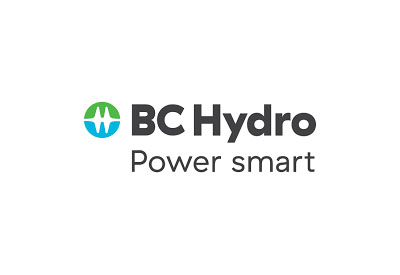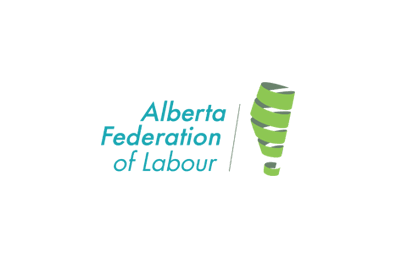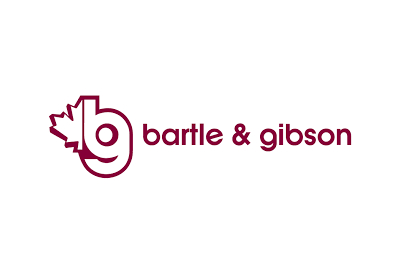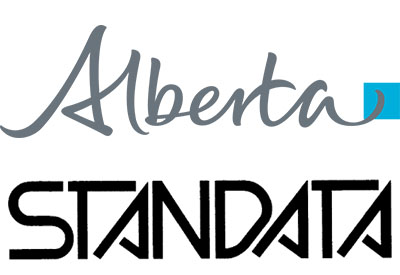Keep LED Lamps and Fixtures Clean to Boost Performance, Longevity

February 22, 2018
BC Hydro lighting expert Brian Friedman wants to sweep aside a myth about LED luminaires: they’re not 100% maintenance free. The buildup of dust, dirt and other emissions can affect the light quality of an LED by as much as 30%, and in some cases the accumulated materials can become a fire hazard.
“LED products are extremely sensitive to high temperatures, and when operating outside their designed temperature ranges may not deliver the intended amount of light, and fail prematurely,” Friedman explains. But something as simple as a cleaning regimen can help.
To help them operate within their specified design ranges, most LED luminaires have heat-sinks that draw away heat. These heat sinks often appear as fins, channels or openings that allow air to flow around and through the luminaire, dissipating the heat into the surrounding environment.
But dirt buildup on a luminaire’s thermally radiating surfaces can act as an insulating barrier, trapping heat inside, increasing the operating temperature within. Over time, trapped heat erodes the lifespan and lighting performance of an LED. “Loss of light can also affect or diminish the safety of an area if lighting levels aren’t maintained or contrast is diminished or lost,” says Friedman. “Dust, dirt and grease are also combustible materials, and if the surface temperature of the LED increases, dirt buildup can become a fire hazard.”
Friedman recommends cleaning luminaires twice a year, or whenever you see soil buildup, and to consider these four tips before you start scrubbing.
Tip No. 1: Check the manufacturer’s cleaning guidelines before you begin
Some bulbs, lamps and LEDs require special handling. A few may even ban wet cleaning, so always check the manufacturer’s instructions before you start. The manufacturer may even go so far as to specify the kind of cleaning solution you should use, such as degreaser, general-purpose detergent, a metal polish, or a heavy-duty cleaner, so read their guidelines carefully before you begin.
Tip No. 2: Take the proper safety precautions before you do the dirty work yourself
Gather all of the tools, equipment, cleaning supplies and safety gear that you’ll need, such as a ladder, lift, gloves, goggles and a dust respirator. Clear and secure an 8-foot work area underneath your fixture in case of falling debris. Be sure to turn off power to the area and/or fixture. If the luminaire has removable lamps, remove and store them securely. If one breaks, use a broom to clean up the broken glass – never use your hands. Also, always protect yourself by wearing a dust respirator when you remove built-up grime.
Tip No. 3: Clean fixtures twice a year, or whenever you see soil build-up
To ensure cleaning is done regularly, facility managers should create operating procedures for staff, such as mapping out specific days and times that lights are cleaned, and the steps required to do the job properly. Having a plan in place reminds staff of the need to be diligent about cleaning routines, not only for the sake of energy efficiency, but for fire prevention too.
Tip No. 4: Keep other surfaces, such as tabletops, clean too
Surfaces, such as walls, ceilings and tabletops should also be regularly wiped clean. Their reflection of light (or lack thereof) can impact the overall quality of light in your facility, which can have a trickle down effect, impacting speed and quality of production.
https://www.bchydro.com/news/conservation/2018/lighting-maintenance.html

















